No products in the cart.
The Soleirolia soleirolii, aka Baby’s Tears plant, is enthusiastic gardeners’ favorite houseplant. It makes for excellent ground cover plants, in a terrarium and is relatively easy to keep happy.
We are not saying it is low maintenance, as most plants need a lot of tender loving care. Still, you can use Baby Tears plants for decoration or as a low-growing moss-like plant on windowsills to table displays.
So stay a little longer to learn how to get the most out of growing Baby Tears.
More About Baby Tears Plant

The tears plant is a mat-forming tropical perennial with tiny leaves that are sometimes confused with moss. The Baby’s Tears plant belongs to the Nettle family, growing dense with bean-shaped leaves on short fleshy stems.
For the beginner, you can quickly grow Baby’s Tears indoors or in a confined space or hanging baskets. Still, the plant does need regular attention to look its best. You can use Baby’s tear plant in mixed containers to terrariums in low light conditions.
While in warmer climates, you can grow them outdoors as an evergreen ground cover or even a filler plant for rock gardens. You can grow Baby Tears as an annual in colder zones planted outside and dies back in winter to start again in spring.
Still, it remains an invasive species in tropical climates that are warm. Another interesting name for the plant is Mind Your Own Business. Another notable thing is it does grow tiny white flowers but is prized for its rich green leaves.
Baby Tears Plant Care
Soleirolia soleirolii has a vigorous growth habit but does not respond well to dry conditions or harsh sunlight. It remains evergreen in the USDA hardiness zones 10 to 11 but dies back in zone 9.
Best Soil That Baby’s Tears Grow

When choosing soil, it is an undemanding plant, but it prefers well-drained soil allowing the water to drain freely through the drainage hole.
Furthermore, the potting medium needs to be between 5 and 6 slightly acidic pH levels. Commercial potting soil in a shallow pot with enough drainage holes is a good choice.
To lighten it, add some perlite or peat moss to the soil.
Lighting Needs to Make The Baby’s Tears an Excellent Houseplant
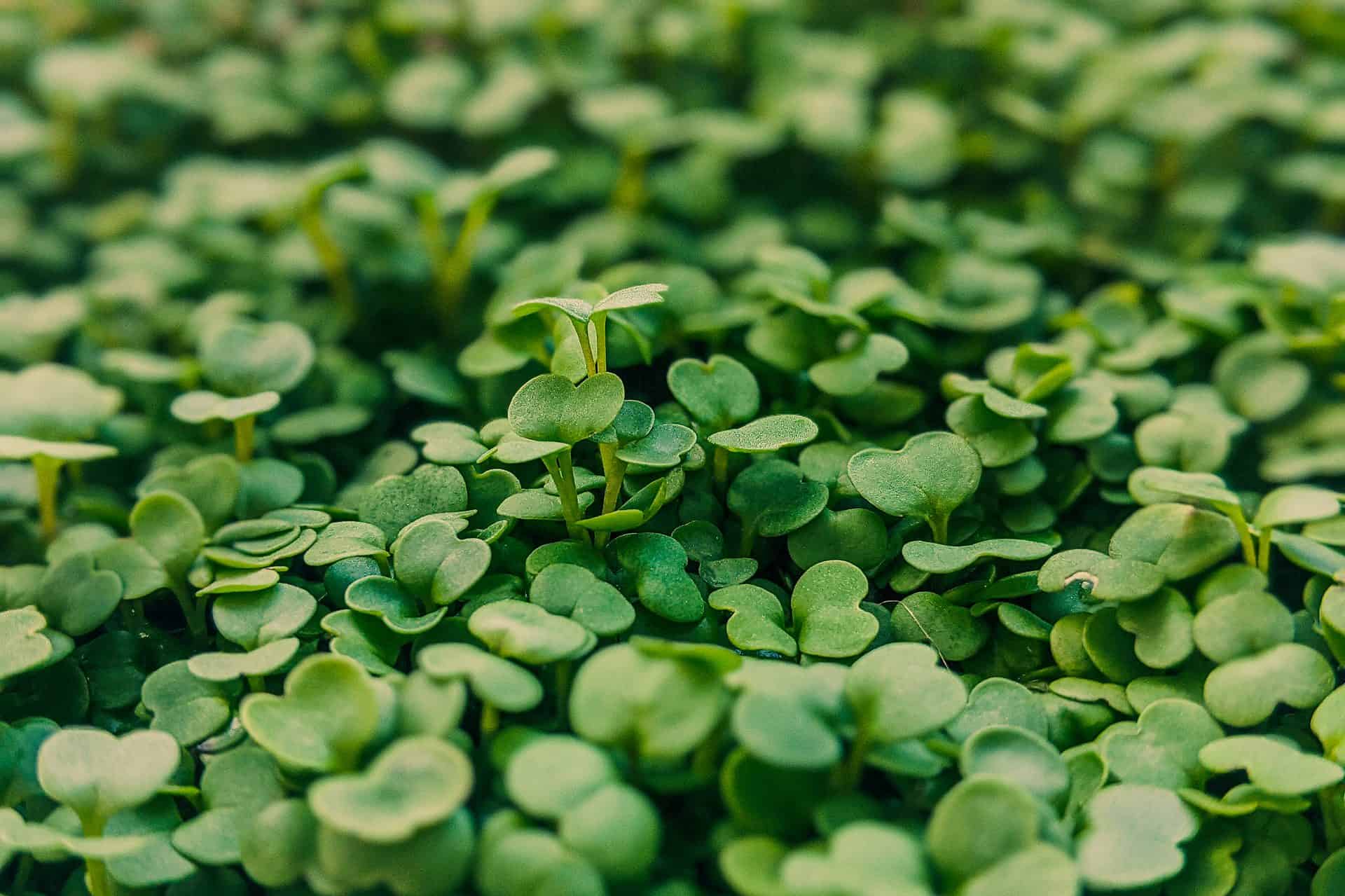
Baby’s Tears prefer filtered light when grown outdoors or inside with no direct sunlight. Hence, whether grown in a container or on the ground, provide it with bright indirect light. Your leafy friend can also tolerate shady spots, or it ends up with scorched leaves from direct sun.
Watering Baby’s Tears
Luckily the watering schedule is pretty standard with these outdoor plants. It thrives in moist soil but is not soggy. We recommend using rainwater or distilled water, while tap water needs to be lukewarm.
But as with most plants, we recommend leaving the soil slightly dry but not completely dry between watering.
Temperature Range and High Humidity

The temperature range for Baby Tears plants ranges between 52°F to 70°F, and keeping it steady is best for these plants. Still, it can handle the cold better than most other plants if it drops.
Still, if the temperature rises, you will need to pay more attention to your plant. It can tolerate frost but not freezing temperatures, as it will kill the top growth. The best humidity levels are 60% and above.
To keep the moisture consistent, place your Baby’s Tears plant on a pebble tray with water or use a hand, mister. If you do live in colder climates, it is best to grow your plant as an indoor plant in containers.
Fertilizing These Foliage Plants
There are no special requirements when it comes to the Baby Tears plant.
During the growing season, you can feed Baby Tears plants twice a week with an all-purpose fertilizer diluted with water.
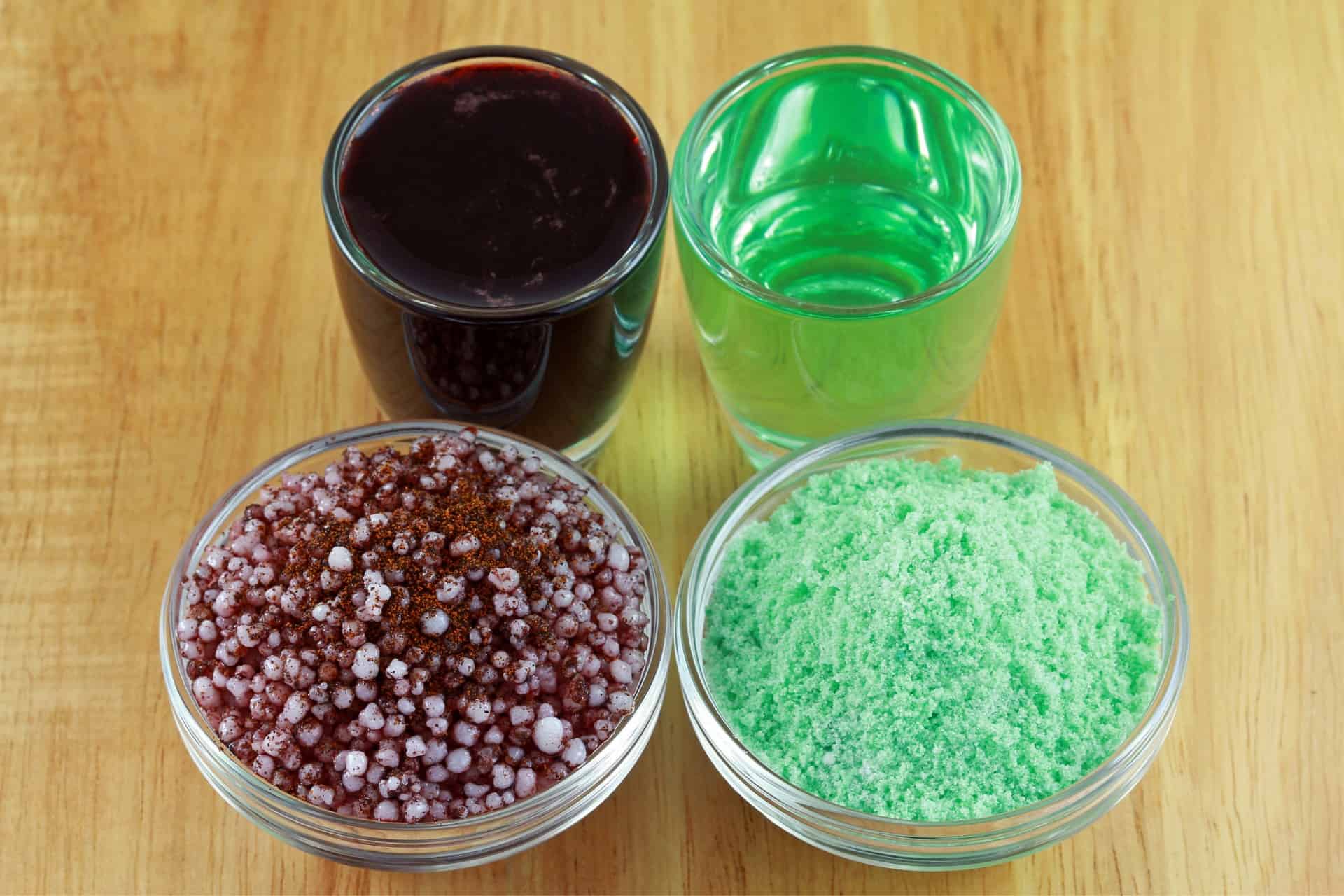
Also, prevent the feed from touching the leaves as it will burn the greenery. To be safe, you can rinse the leaves with water. Feeding can encourage healthy growth.
Pruning Your Baby Tears Plant
To prune your Baby’s Tears is not tricky and is done for aesthetic reasons. When you notice the shoots growing too long, you can cut them off with scissors.
You can trim away yellow branches and leave them growing in the middle of your plant. For a bushy look, pruning helps, and a regular prune is not needed when kept in a hanging basket.
Another notable thing is that growing in a pot will need regular repotting with new potting soil as it spreads fast. The best time to do this is in spring.
Propagation of Baby’s Tears Plants
Propagating Baby Tears plants is easy, making it excellent for beginner gardeners. You can do this through division or stem tip cuttings by following the next steps:
Propagated Through Stem Tip Cuttings
Start by washing your hands and preparing clean containers with a potting mix of choice.
Dampen the soil and make holes for your cuttings.
Search your Baby’s Tears plant for healthy stems and use a sharp knife to cut directly beneath a leaf node.
Then remove the bottom leaves and dip the cut end in water and a rooting hormone.
Poke the cutting in the hole and firm down the soil for it to root.
Take a plastic bag to enclose the cutting to create the best humidity level but do not seal it, allowing for fresh air. You can keep it enclosed for about two weeks and mist it daily in the morning to keep the soil moisture right but prevent overwatering.
After two weeks, remove the cover, and at three weeks, it should form a root ball.
Once rooted, move your babies into separate containers.
Propagation Through Division
Remove your Baby Tears plant from the pot and cut the root ball using a sharp knife.
Place your pieces into separate trays and care for them like your mature plants.
The important thing is to choose cuttings with sufficient fiber roots.
Baby’s Tears Variety
There are a few varieties available when selecting Baby’s Tears plants, as follows:
‘Aurea’
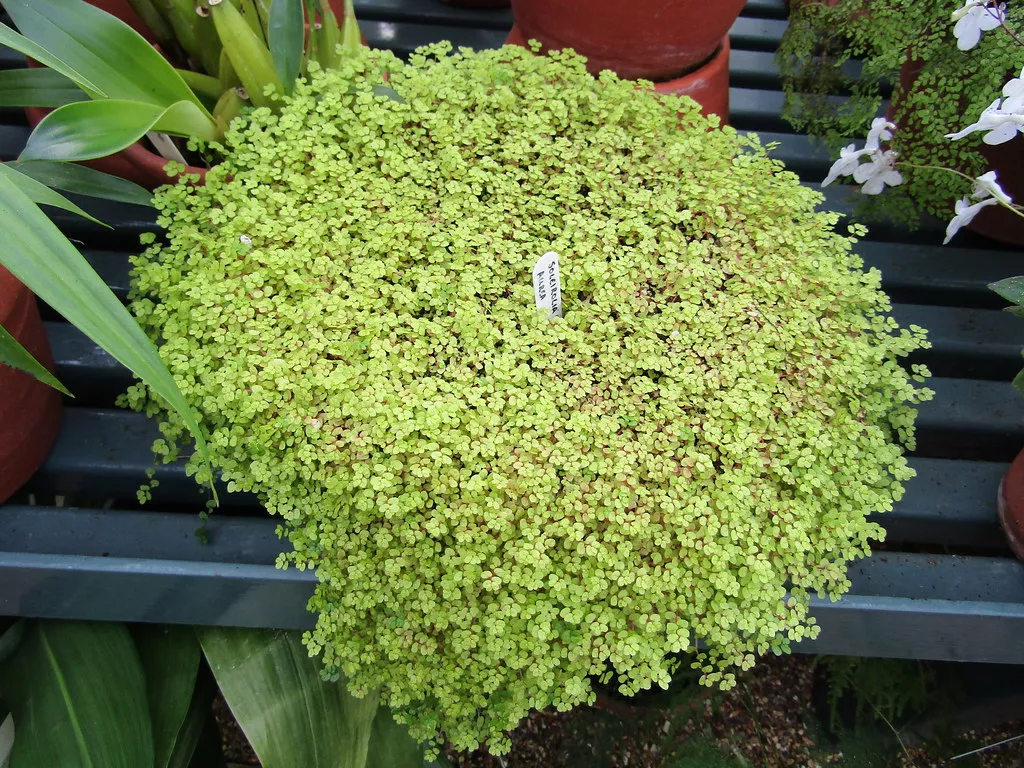
The Baby’s Tears has golden foliage that grows low compared to other types and does not spread wild. It also does much better in indirect light.
‘Golden Queen’
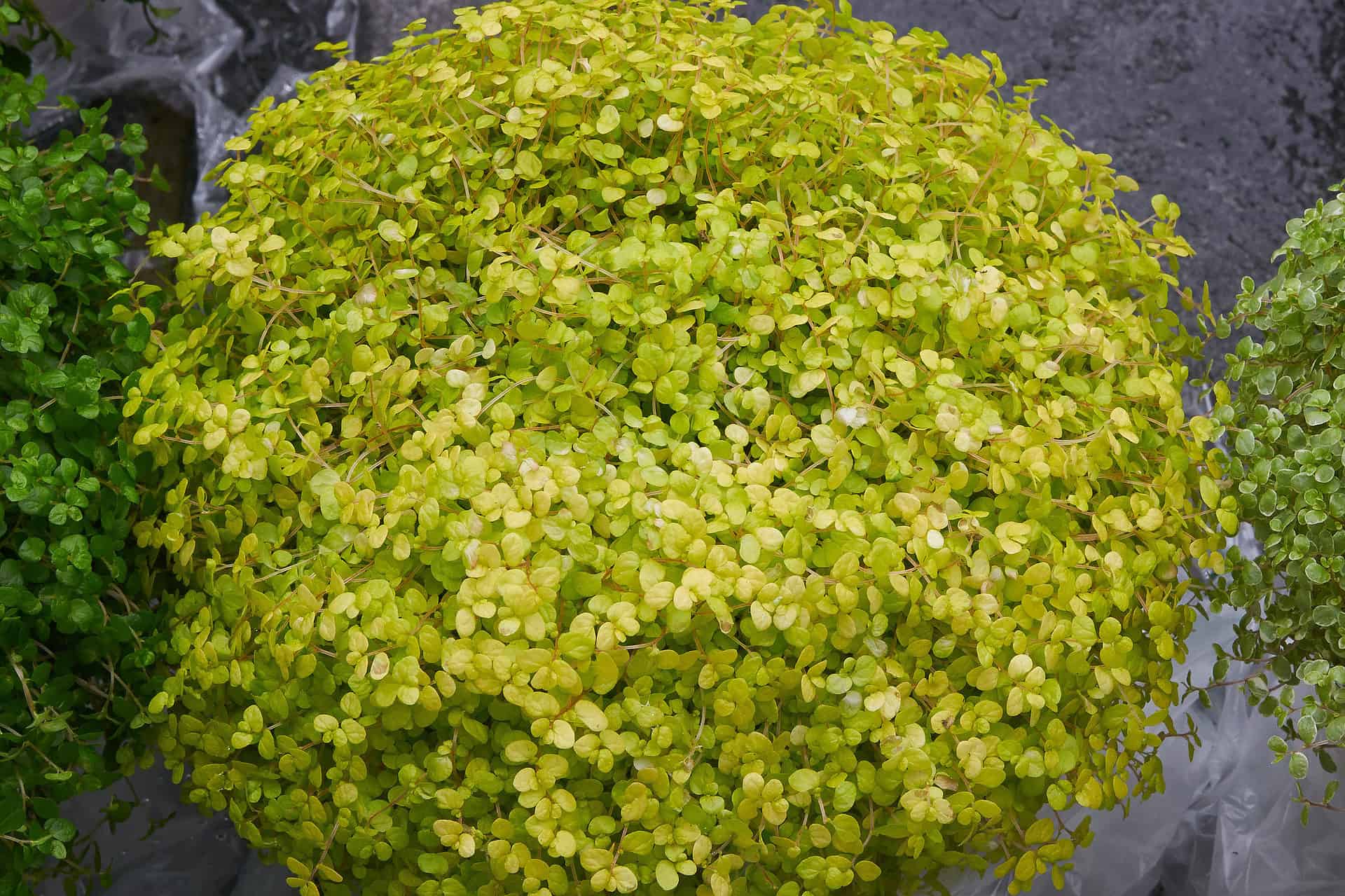
The plant thrives in similar conditions as most Baby’s Tears plants and has yellowish leaf margins.
‘Silver Queen’
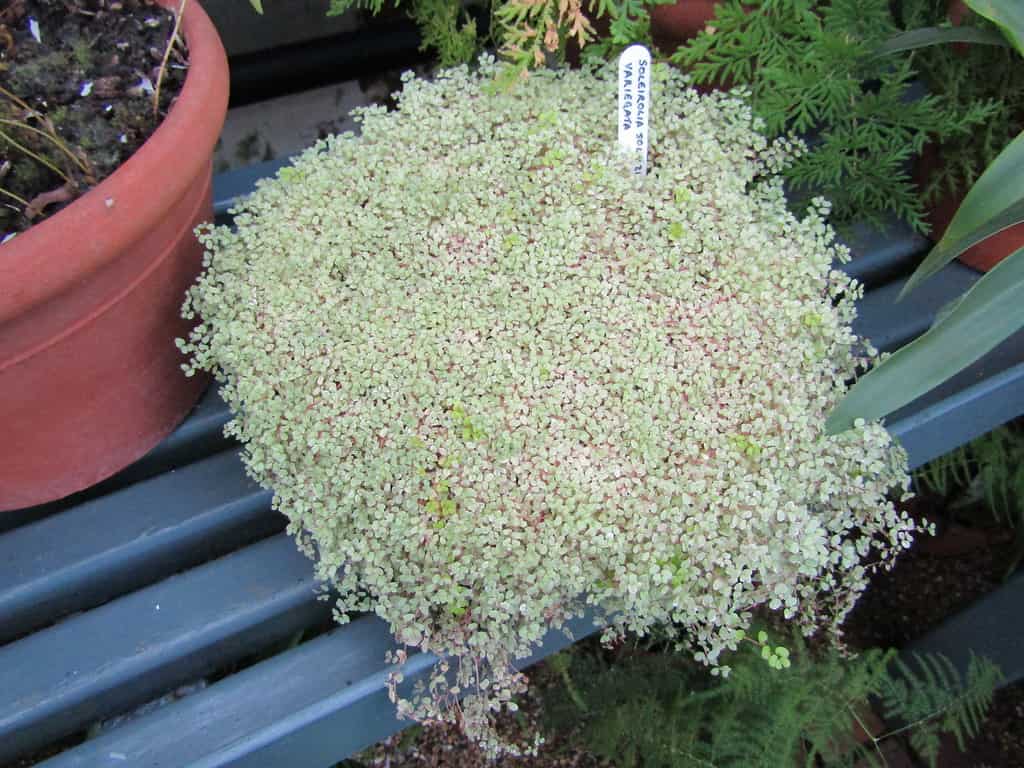
As the name depicts, it has silver-gray foliage, and it is the same for Baby Tear’s plant care.
‘Variegata’
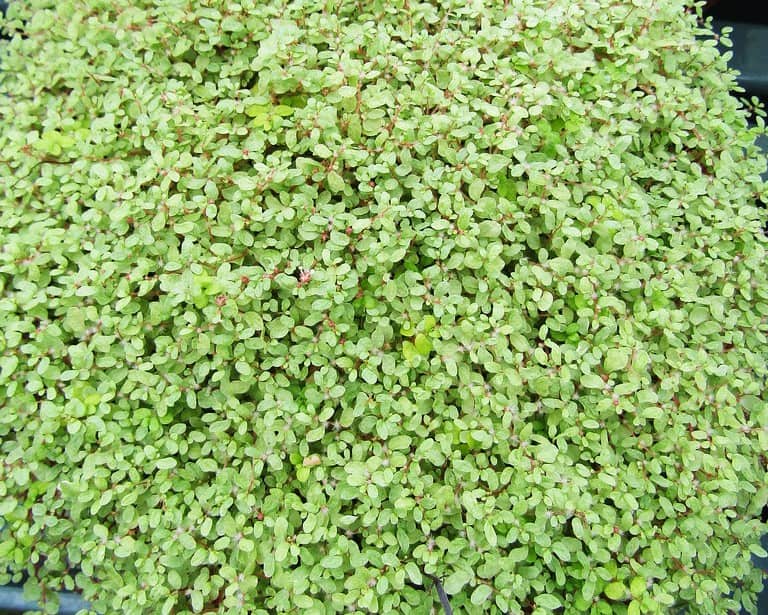
The plant has variegated white stippling or silverfish leaves, usually called the ‘Argentea.’
Common Problems With Baby’s Tears Plants
At some stage, you can deal with aphids regarding Baby Tear’s plant care. Still, the plant is seldom the home of pests. Another concern is that too much light damages the foliage, and root damage are another.
With overwatering, your plant can get root rot. You can control pests with neem oil and rotting roots; it helps to water when the top inch of the soil is dry and allow the water to drain out of the container.
Frequently Asked Questions
You can mist your Baby Tears plant when you find the air is arid, and best done in the morning, allowing the foliage to dry before nightfall.
The Baby’s Tears plant is a thirsty plant that does not enjoy drying out, especially outdoors. For house plants, it will need less watering.
The Baby Tears plant prefers growing in low light to too much light, as it can damage the leaves.
You can buy new plants at a local garden center or here at Plantly online.
Whether you want to buy, sell or simply reach out to other plant enthusiasts, Plantly is the right place to be!


